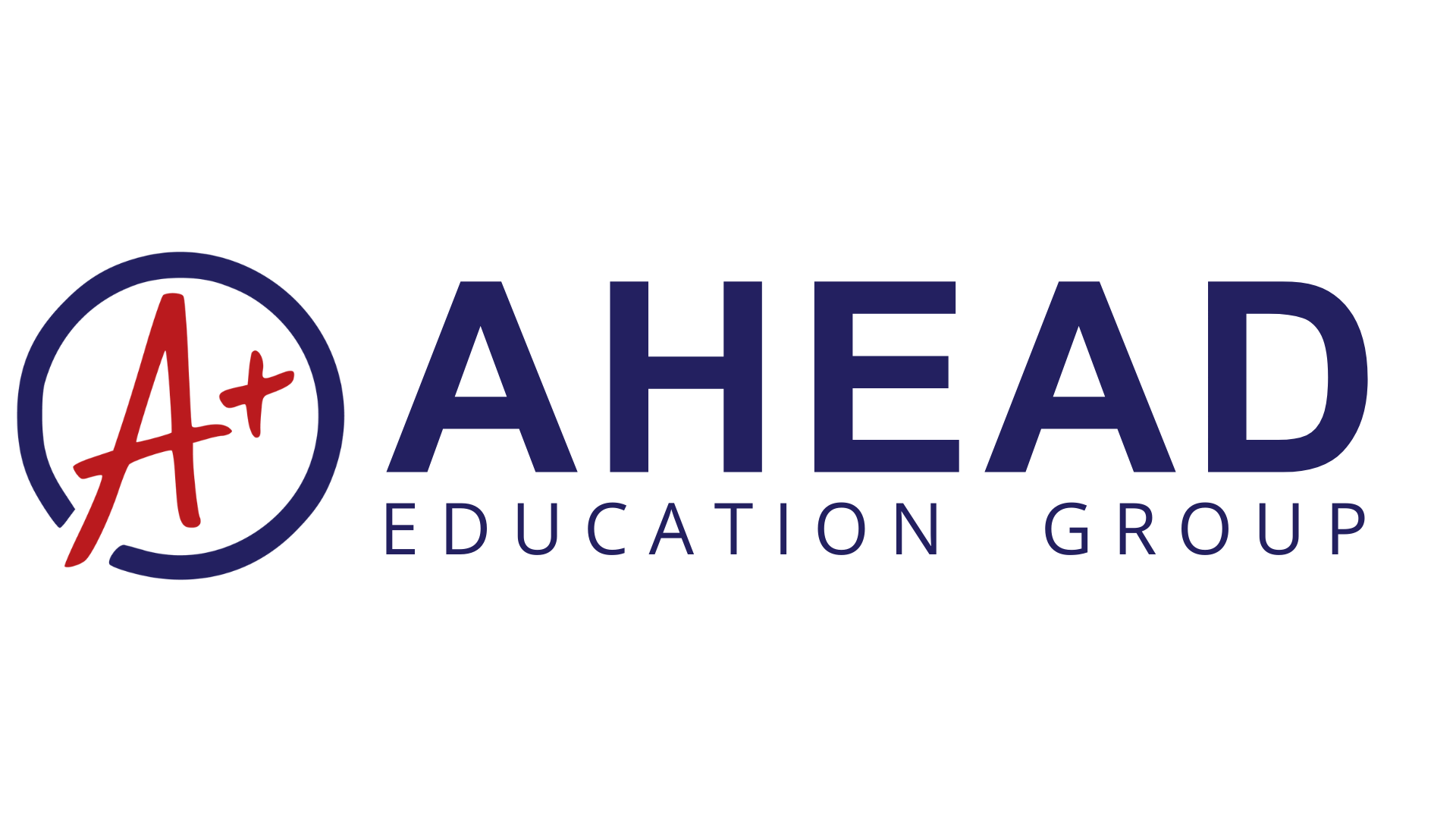With the cancellation of regular classes due to the enhanced community quarantine, one of the alternatives being pursued is to hold classes online. These online learning courses would substitute for regular classes so that students still learn something in spite of the lockdown. Sounds hi-tech right? Well, you will be surprised to learn that this kind of class has existed for quite some time already. In fact, the first forms of this kind of learning did not actually need computers to do so. As a result, online learning can be traced back to the correspondence courses of the 19th century.
What is Distance Learning?
Distance Learning is a type of learning where there is little to no face-to-face interaction between the student and the teacher. Distance learning is what allows students who might have difficulty attending classes in person, such as persons with disabilities and actors, to still learn in spite of not attending regular classes.
Origins of Distance Learning: The Correspondence Schools of the 19th Century
Even if distance learning is associated with online education, in reality, its origins can be traced back to the correspondence schools established by religious congregations in the United States during the 19th century to help train new church workers and teachers in more distant parts of the country.
However, it was the demand of the state, businesses, and the military that made distance learning more popular. Most of the mail-order courses offered were concerned with simple office tasks such as grammar, spelling, and business letter making. As one could notice, a lot of these skills are necessary for clerical work, which became more prominent during the Industrial Revolution.
Technological Advancements in the 20th Century
The 20th century brought more advancements that greatly aided in the proliferation of distance learning such as the lantern slide which were used extensively before the invention of the Phonograph and Films. Speaking of the latter, the development of the phonograph and films allowed semi-literate audiences to learn a lot due to these devices. In fact, during World War 2, the US army made several films from fighting techniques to personal hygiene to help soldiers from more rural backgrounds understand the lessons better.
After films, distance learning would move on to the new medium of television. It first began in the University of Iowa during the 1950s and by the 1970s community colleges in the US have courses for broadcast in local television channels. It was also during this time that experiments are being held with computer-assisted education, where computers are used to provide audio, text, and video instruction.
The 21st Century and the Advent of the Digital Age
The 21st century brought even more changes that allowed distance learning to flourish even more. The advent of the internet made communication between student and teacher almost instantaneous as well as making a lot of resources available for students. Instead of teaching specialized skills, distance/online learning now makes earning college degrees possible for working students. Websites such as Google Classroom and Zoom allow teachers to hold a video class with his/her students, removing the need for classrooms to hold lessons.
Distance Learning is Nothing New
In the end, distance learning indeed has a long history, even though we normally associate it with online education. However, what has changed is the medium and the scope, but there is one thing that has never changed,and that is that education will always adapt to fit people’s needs.
References
Simonson, M., & Berg, G. A. (2016, November 7). Distance learning. Retrieved March 17, 2020, from https://www.britannica.com/topic/distance-learning
Anonymous. (n.d.). What is distance learning? Retrieved March 17, 2020, from https://www.oxbridgeacademy.edu.za/distance-learning/?fbclid=IwAR21ECGumKmuWwx7cryJQwfTZbE0oY8nYqnivnwy7iBJi8cGP0fLZVHue0M

